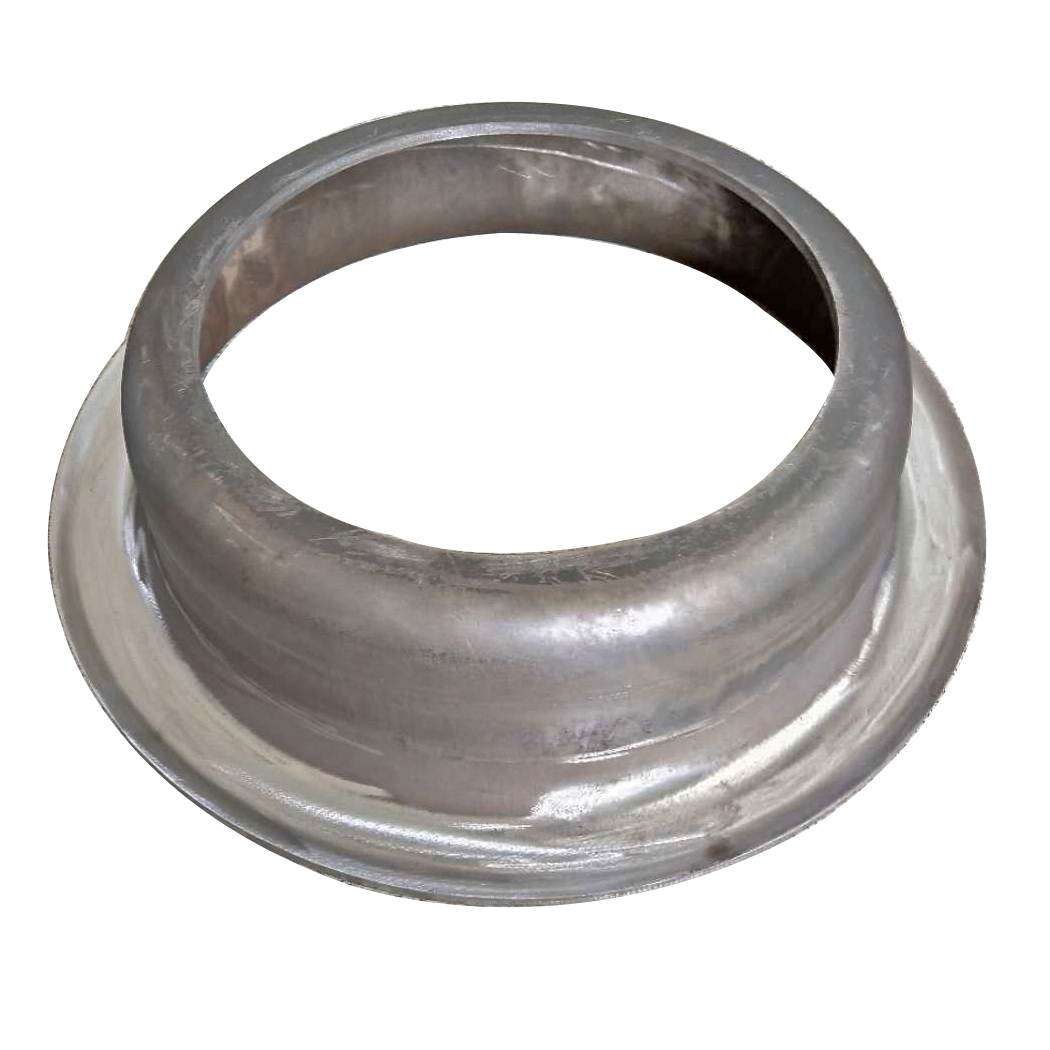- Afrikaans
- Albanian
- Amharic
- Arabic
- Armenian
- Azerbaijani
- Basque
- Belarusian
- Bengali
- Bosnian
- Bulgarian
- Catalan
- Cebuano
- China
- China (Taiwan)
- Corsican
- Croatian
- Czech
- Danish
- Dutch
- English
- Esperanto
- Estonian
- Finnish
- French
- Frisian
- Galician
- Georgian
- German
- Greek
- Gujarati
- Haitian Creole
- hausa
- hawaiian
- Hebrew
- Hindi
- Miao
- Hungarian
- Icelandic
- igbo
- Indonesian
- irish
- Italian
- Japanese
- Javanese
- Kannada
- kazakh
- Khmer
- Rwandese
- Korean
- Kurdish
- Kyrgyz
- Lao
- Latin
- Latvian
- Lithuanian
- Luxembourgish
- Macedonian
- Malgashi
- Malay
- Malayalam
- Maltese
- Maori
- Marathi
- Mongolian
- Myanmar
- Nepali
- Norwegian
- Norwegian
- Occitan
- Pashto
- Persian
- Polish
- Portuguese
- Punjabi
- Romanian
- Russian
- Samoan
- Scottish Gaelic
- Serbian
- Sesotho
- Shona
- Sindhi
- Sinhala
- Slovak
- Slovenian
- Somali
- Spanish
- Sundanese
- Swahili
- Swedish
- Tagalog
- Tajik
- Tamil
- Tatar
- Telugu
- Thai
- Turkish
- Turkmen
- Ukrainian
- Urdu
- Uighur
- Uzbek
- Vietnamese
- Welsh
- Bantu
- Yiddish
- Yoruba
- Zulu
नोभ . 05, 2024 22:29 Back to list
Understanding the Challenges of Corroded Cast Iron Sewer Pipes and Their Impact on Infrastructure
Understanding Corroded Cast Iron Sewer Pipes Causes, Consequences, and Solutions
Cast iron sewer pipes have long been a staple in plumbing systems due to their strength and durability. However, over time, these pipes can succumb to corrosion, leading to a host of serious problems. Understanding the causes of corrosion, the consequences for infrastructure and public health, and potential solutions for maintenance and replacement is crucial for property owners, urban planners, and environmental engineers.
Causes of Corrosion in Cast Iron Pipes
Cast iron is susceptible to corrosion due to several factors. The most common cause is the chemical reactions that occur in a moist environment, where oxygen and water come into contact with the metal. Various acids and pollutants in the sewage can exacerbate this process. For example, hydrogen sulfide gas, often present in sewage systems, can lead to a specific type of corrosion known as sulfide corrosion. This compound is particularly aggressive and can create a highly acidic environment that rapidly deteriorates the iron.
Additionally, the age of the cast iron pipe plays a significant role in corrosion. Many cities are equipped with sewer systems that date back a century or more. Over decades, these pipes may become weakened due to wear and tear, further increasing their vulnerability to corrosion. The introduction of modern materials and methods in newer installations can contrast sharply with older cast iron infrastructure, leading to uneven performance within an integrated system.
Consequences of Corroded Pipes
The consequences of corroded cast iron sewer pipes can be serious and multifaceted. First and foremost, corrosion can lead to leaks, which not only waste water but also create environmental hazards. When sewage leaks into the surrounding soil and groundwater, it can contaminate local water supplies and pose a threat to public health.
Moreover, corrosion contributes to structural failure. In extreme cases, this can lead to sinkholes or ground subsidence, causing damage to roads, buildings, and other infrastructure. Such events can also result in costly repairs and economic losses for municipalities and property owners alike.
Another significant issue is the associated maintenance costs. Persistent leaks and blockages from corroded pipes mean frequent repairs and increased operational costs for municipal sewer systems. These costs can strain public budgets, leading to economic repercussions that impact the local populace.
corroded cast iron sewer pipe

Solutions for Addressing Corroded Cast Iron Pipes
Addressing the issue of corroded cast iron sewer pipes involves a multifaceted approach. Regular inspection and maintenance are critical to identifying problems early. Technologies such as video inspection can help assess the condition of underground pipes without invasive digging.
When corrosion is found, there are several strategies for remediation. One method is the rehabilitation of existing pipes using technologies like CIPP (Cured-In-Place Pipe), which involves inserting a resin-coated liner into the damaged pipe and curing it to create a new pipe within the old one. This technique can extend the life of a pipe without the need for complete excavation and replacement.
In cases where pipes are severely corroded, replacement may be necessary. Advances in material science have led to the development of modern materials such as PVC and HDPE (High-Density Polyethylene), which offer greater resistance to corrosion. Replacing old cast iron pipes with these newer materials can yield long-term benefits, including reduced maintenance costs and improved reliability.
Community Awareness and Planning
Community awareness about the state of sewer infrastructure can drive demand for improvements and prompt local governments to prioritize maintenance and upgrades. Public education campaigns can inform residents about the signs of sewer problems, fostering proactive reporting and engagement.
Urban planners and engineers must also consider the implications of climate change, as increased rainfall and flooding can exacerbate existing sewer issues. Designing systems with greater resilience in mind will be essential for managing future challenges.
Conclusion
Corroded cast iron sewer pipes present a serious challenge that requires immediate attention and strategic action. By understanding the causes and implications of corrosion, and by implementing comprehensive inspection, maintenance, and replacement strategies, communities can safeguard their infrastructure and public health. As cities continue to grow and evolve, proactive measures will ensure that sewer systems remain effective and reliable for future generations.
-
8mm Thin-Walled Cast Steel Manhole Cover Pallet Bottom Ring | Durable
NewsAug.04,2025
-
Premium Cast Iron Water Main Pipe: Durable, Corrosion-Resistant
NewsAug.03,2025
-
Durable Cast Iron Water Mains | AI-Optimized Systems
NewsAug.02,2025
-
High-Efficiency Propane Boiler for Baseboard Heat | Save Energy
NewsAug.01,2025
-
Premium Source Suppliers for Various Gray Iron Castings
NewsJul.31,2025
-
Durable Cast Iron Water Main Pipes | Long-Lasting
NewsJul.31,2025


